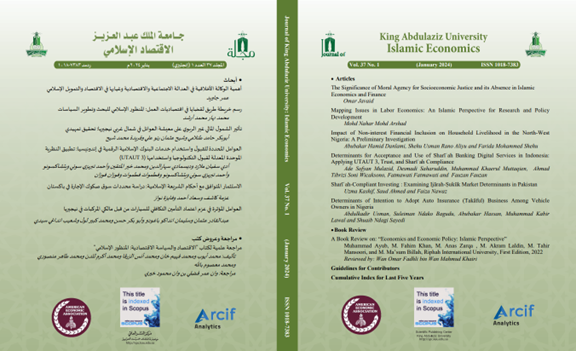Mapping Issues in Labor Economics: An Islamic Perspective for Research and Policy Development
Main Article Content
Abstract
This study has been set out to map the literature on labor economics from an Islamic perspective to identify the concentration of research, gaps in the literature, major obstacles to the development of the field, and how Islamic principles can guide policymaking in this area. The literature survey revealed three key themes in the mapping of issues in labor economics from an Islamic perspective: religious or cultural, behavioral, and systemic aspects. The religious aspect involves the direct interpretation and/or implementation of Islamic principles, rulings and behavioral norms derived from the divine texts in labor economics. The role of culture (‘urf) may have an effect on how religious texts are interpreted, which in turn shapes religious views. The behavioral aspect is concerned with the role of individual behavior, ethics, and morality in shaping labor market outcomes. The systemic aspect is about the shortcomings or loopholes in the economic system that cause problems in the labor market, such as poverty, unemployment, and inequality. In general, the study found that research in labor economics from an Islamic perspective is limited compared to other fields like Islamic banking and finance. Published articles on the topic is relatively scanty, especially in providing deep insights into the theoretical, empirical and policy related perspective. The study identified three main directions of research in labor economics from an Islamic perspective: (i) Islamic work ethics, (ii) Islamic labor markets, and (iii) Islamic labor policies. Most of the literature are mainly concentrated on addressing the Islamic work ethics.

